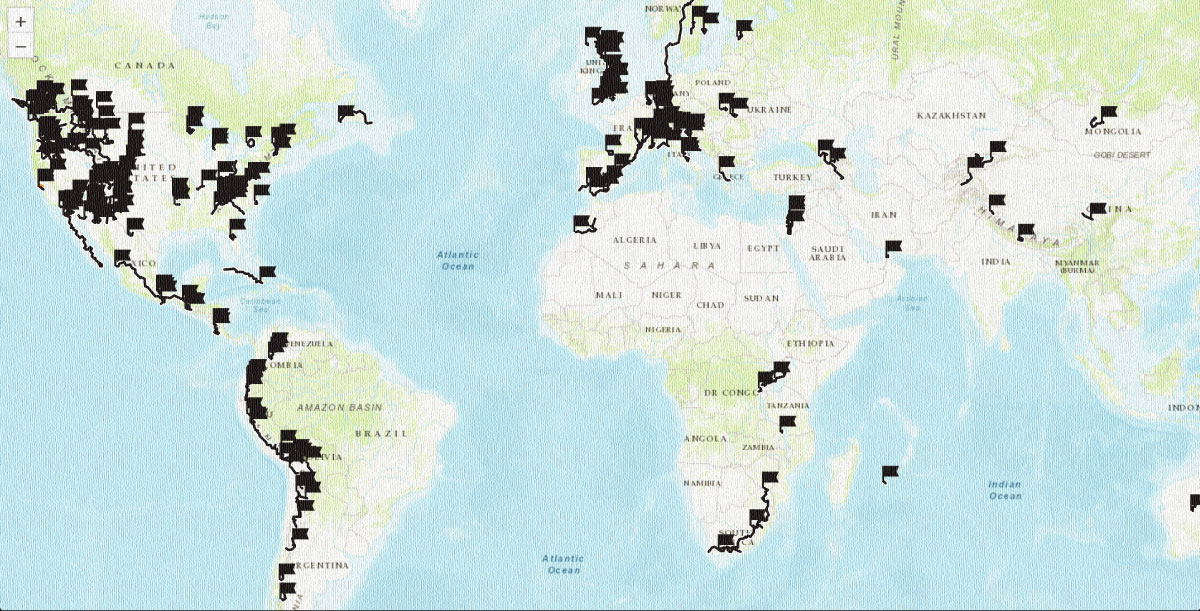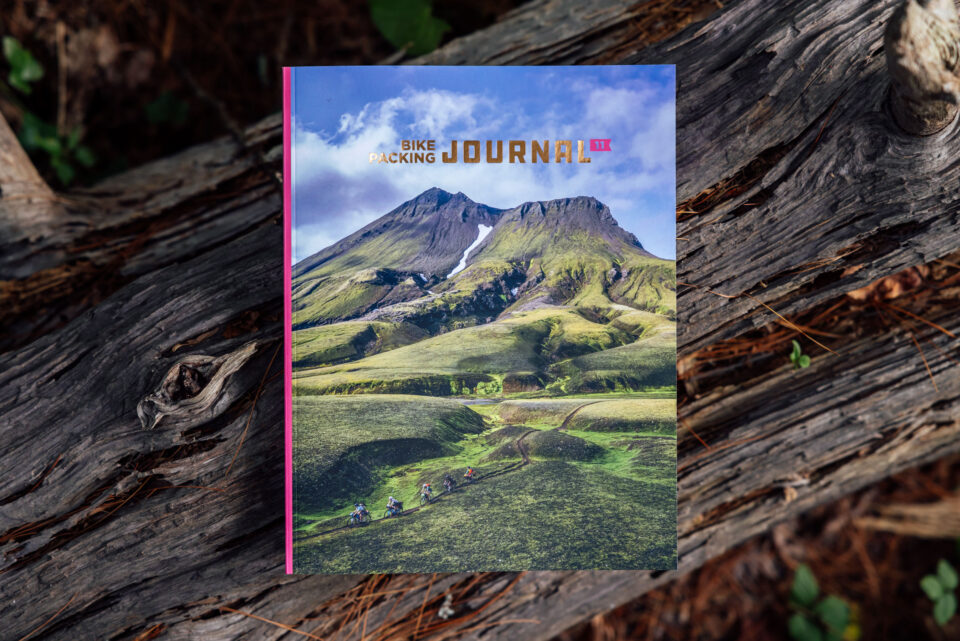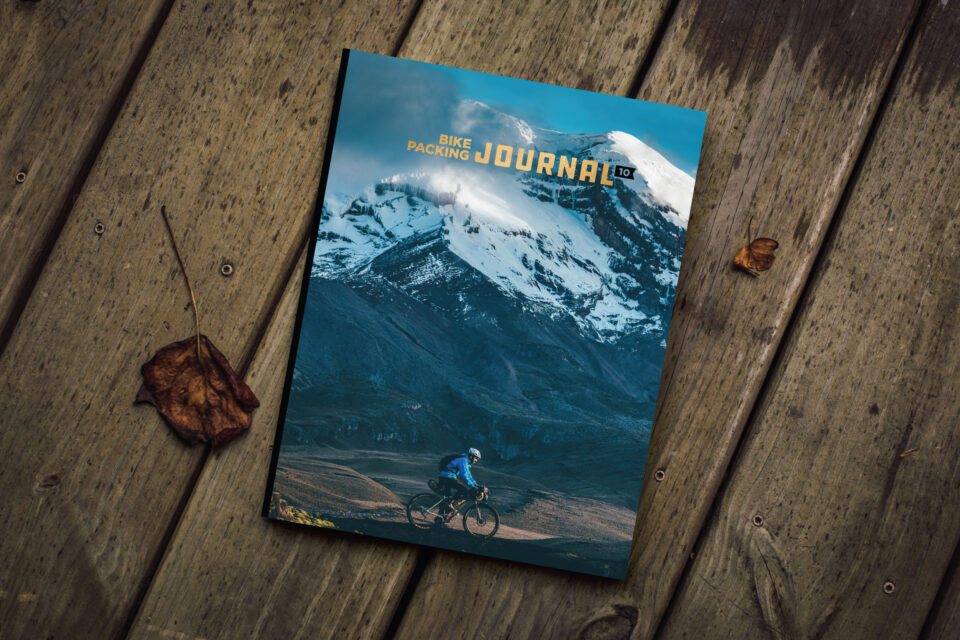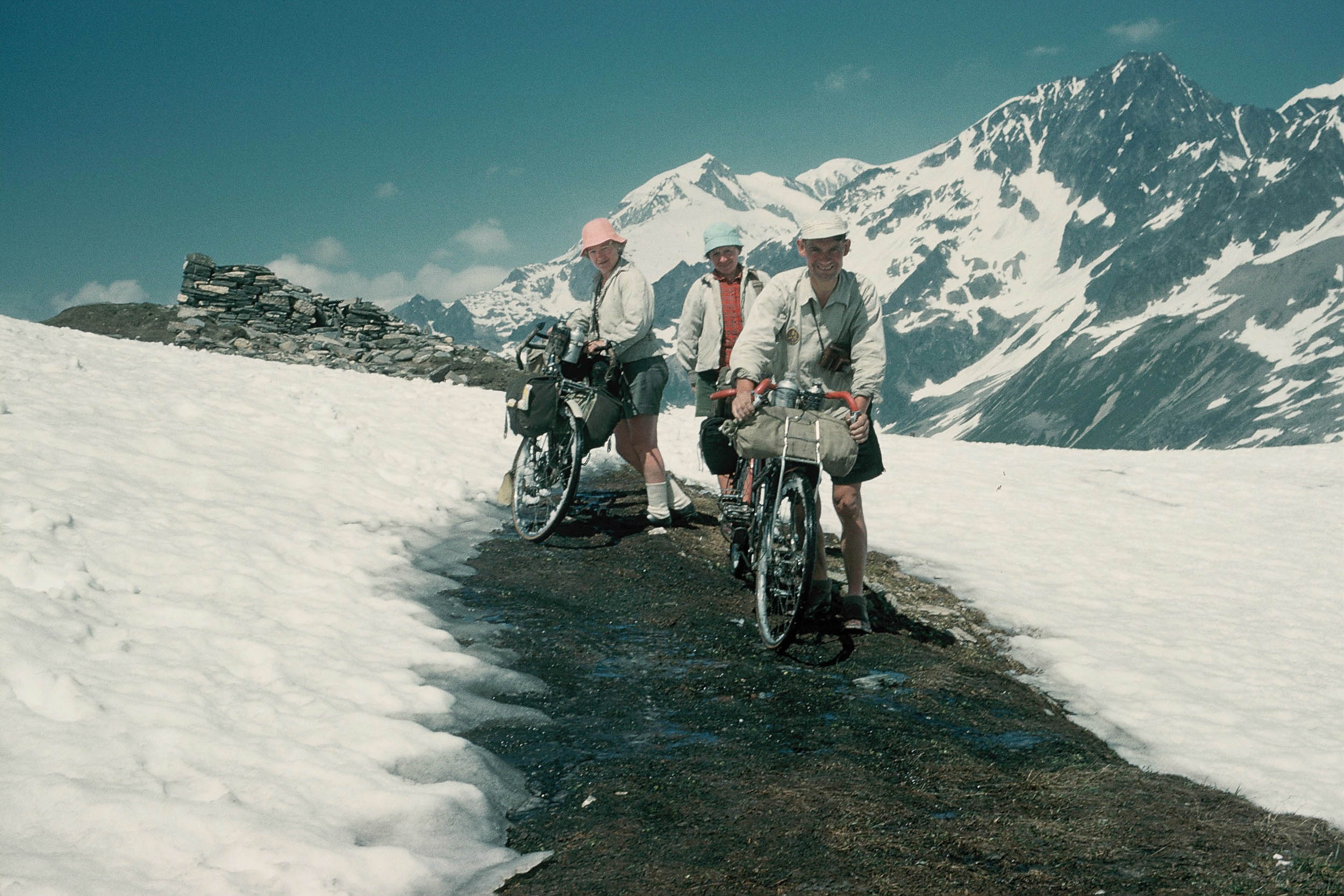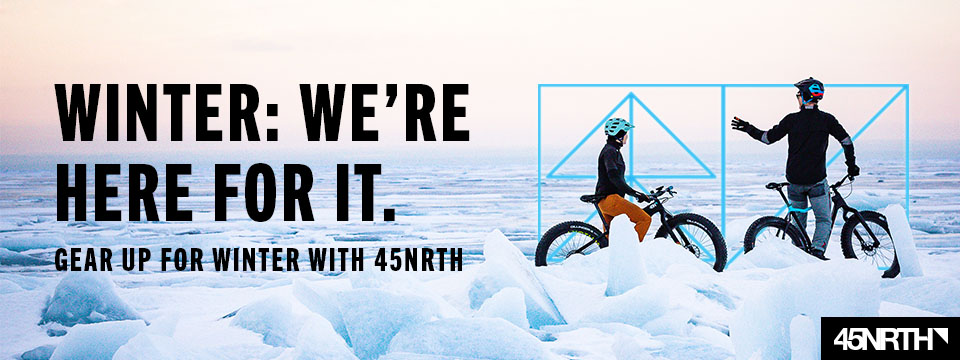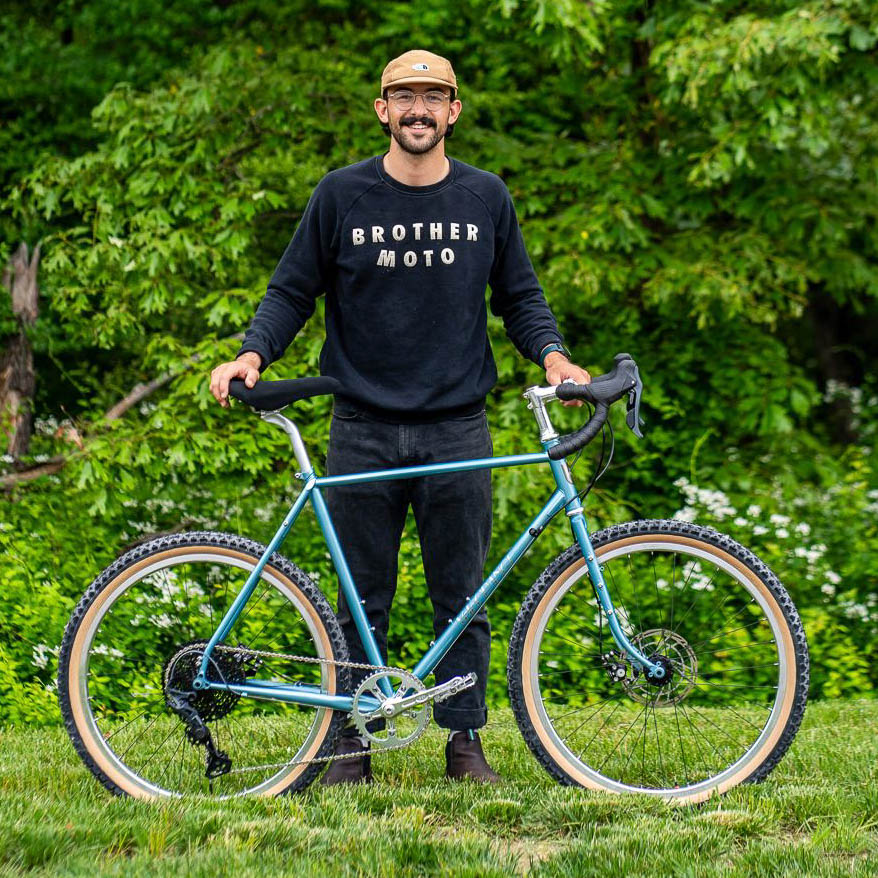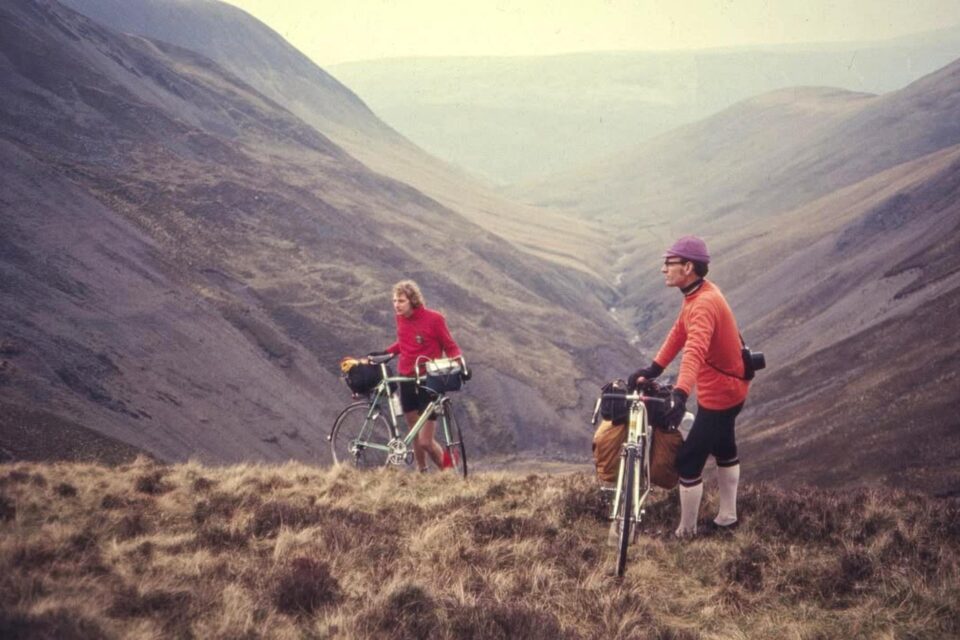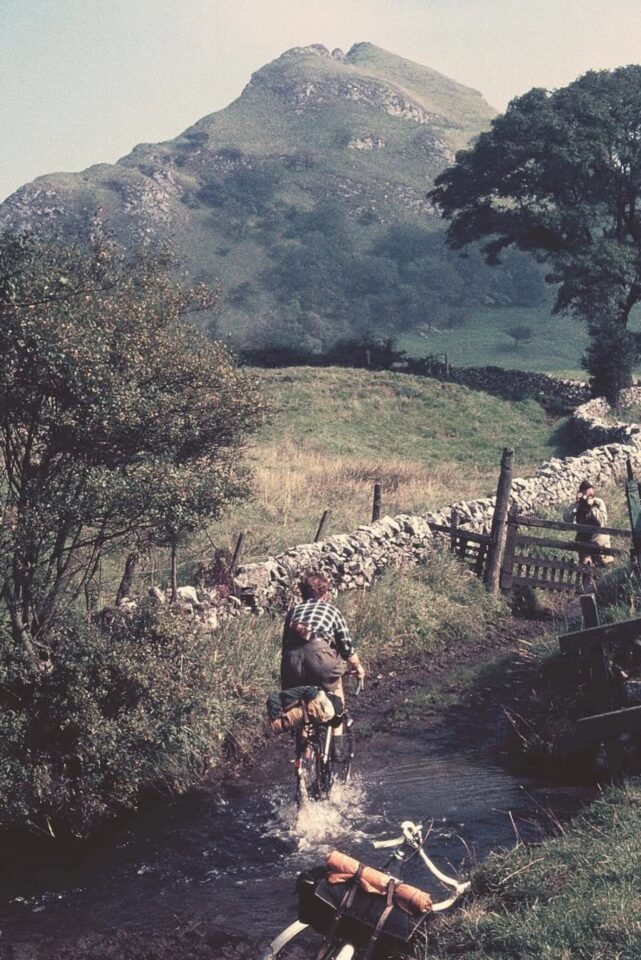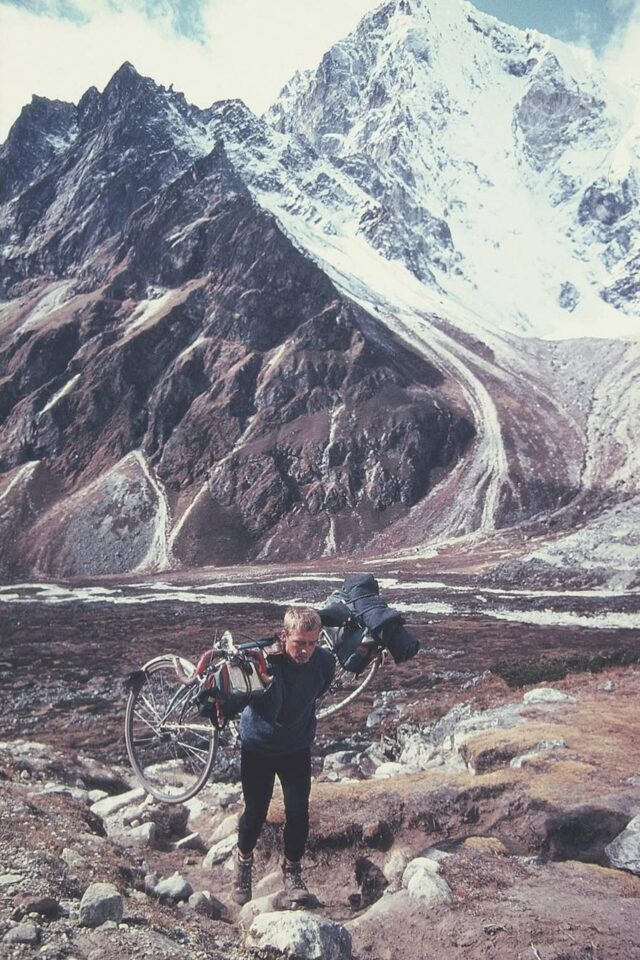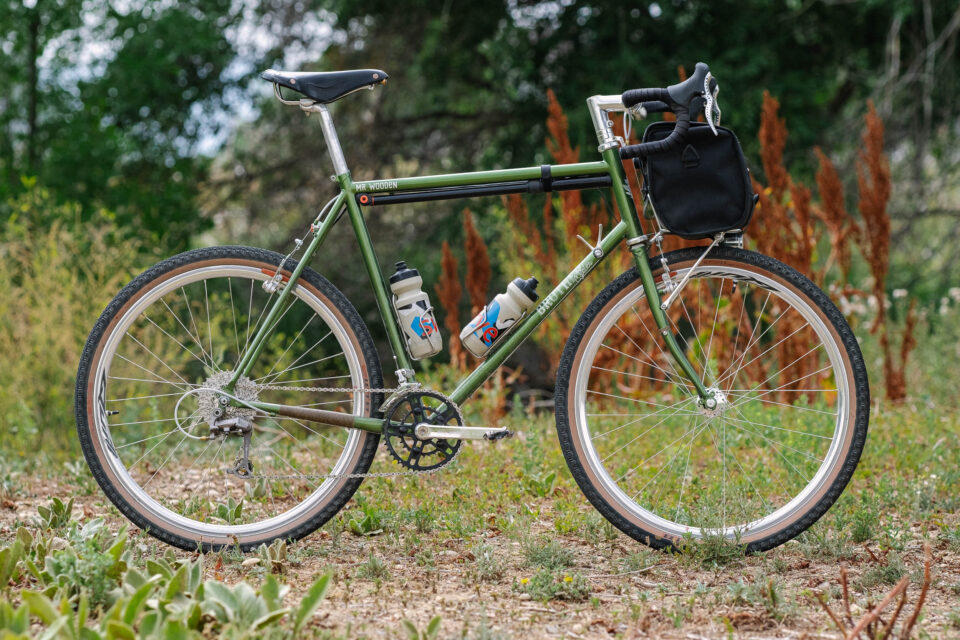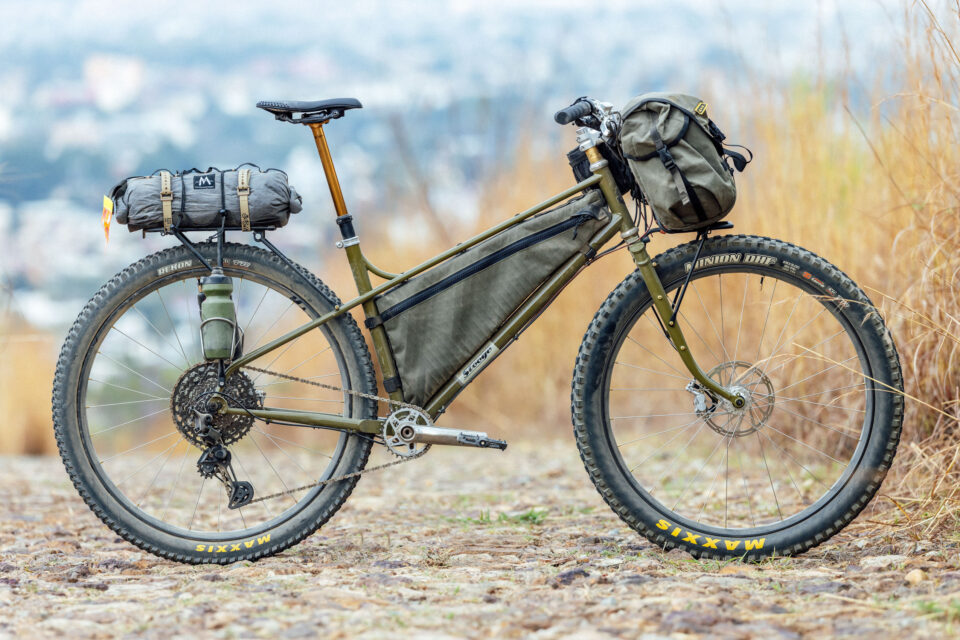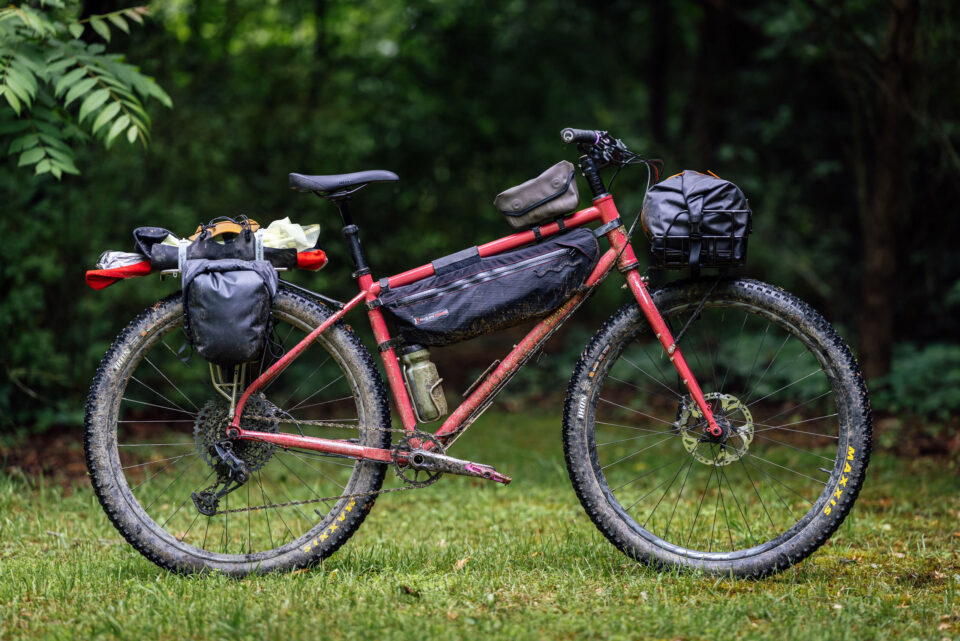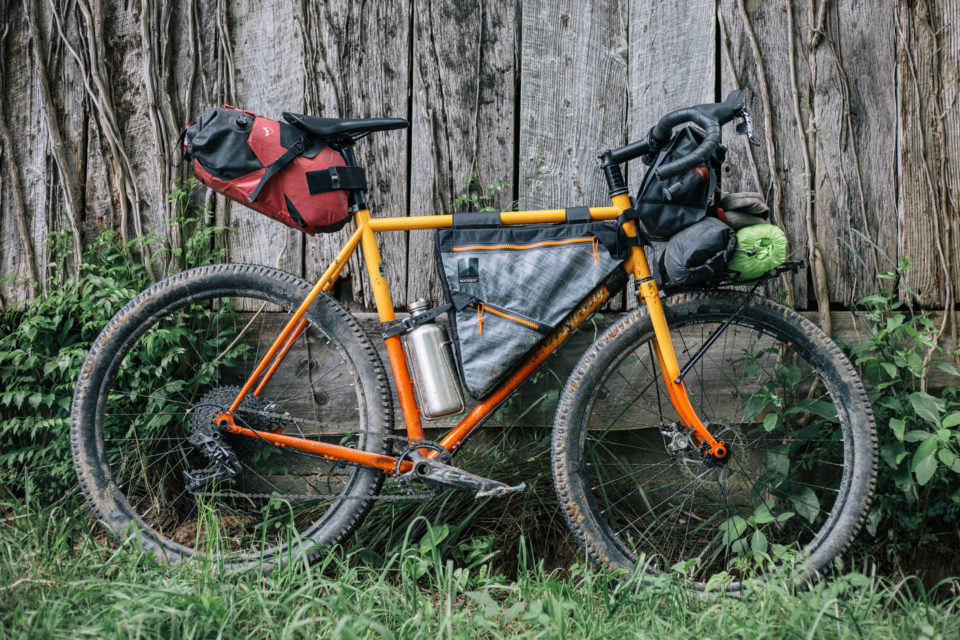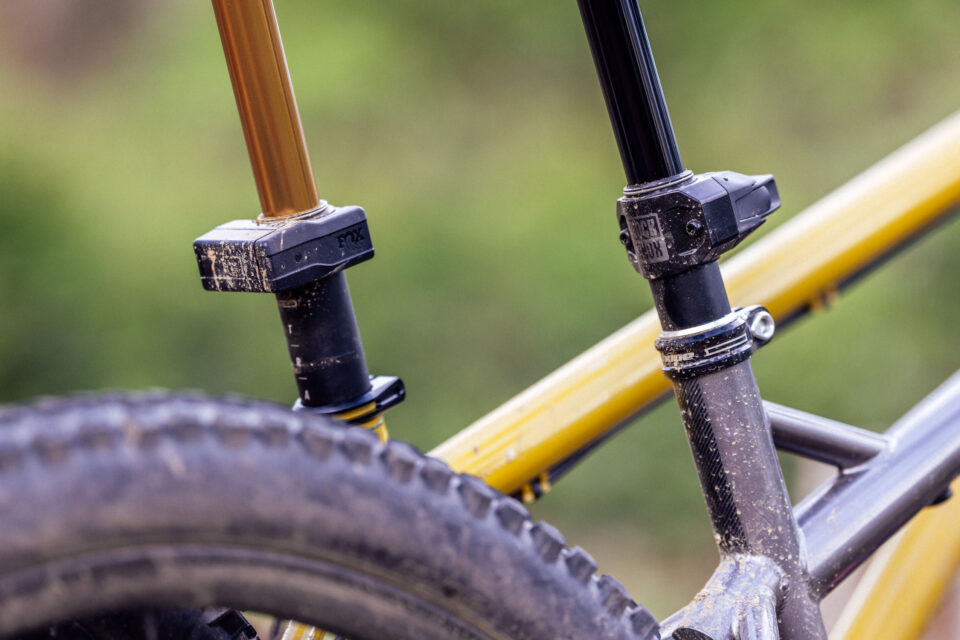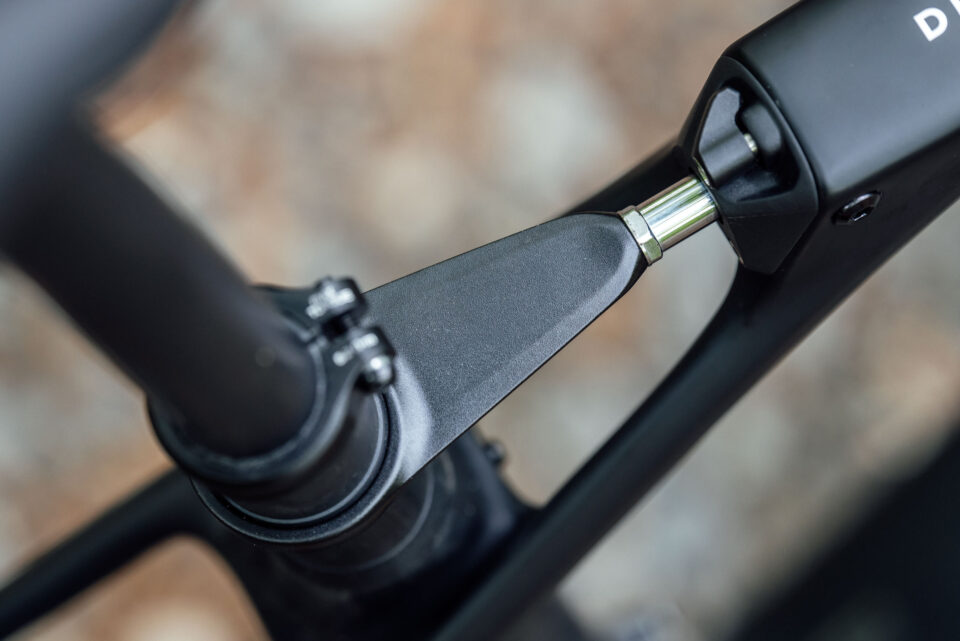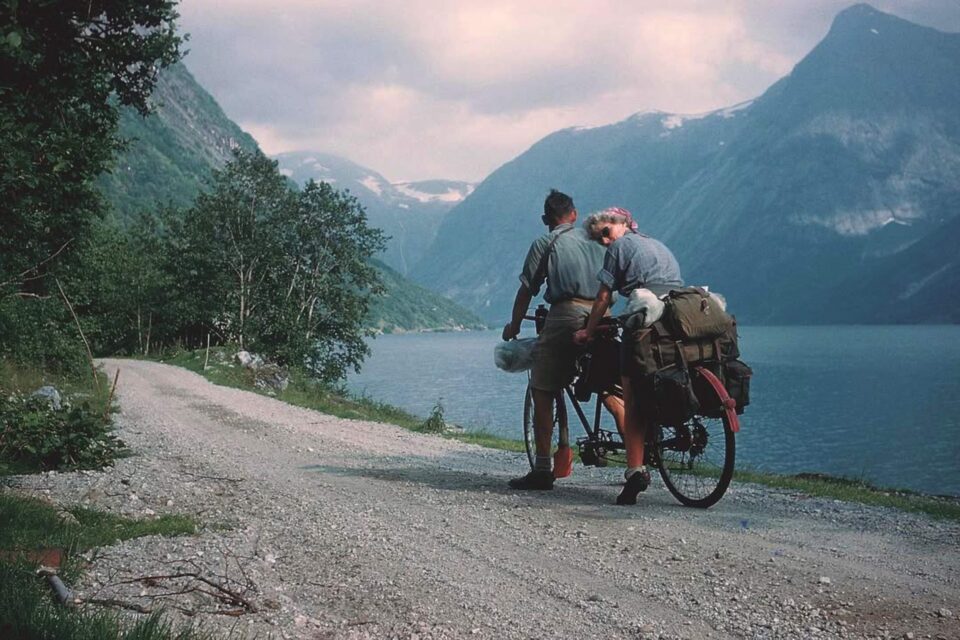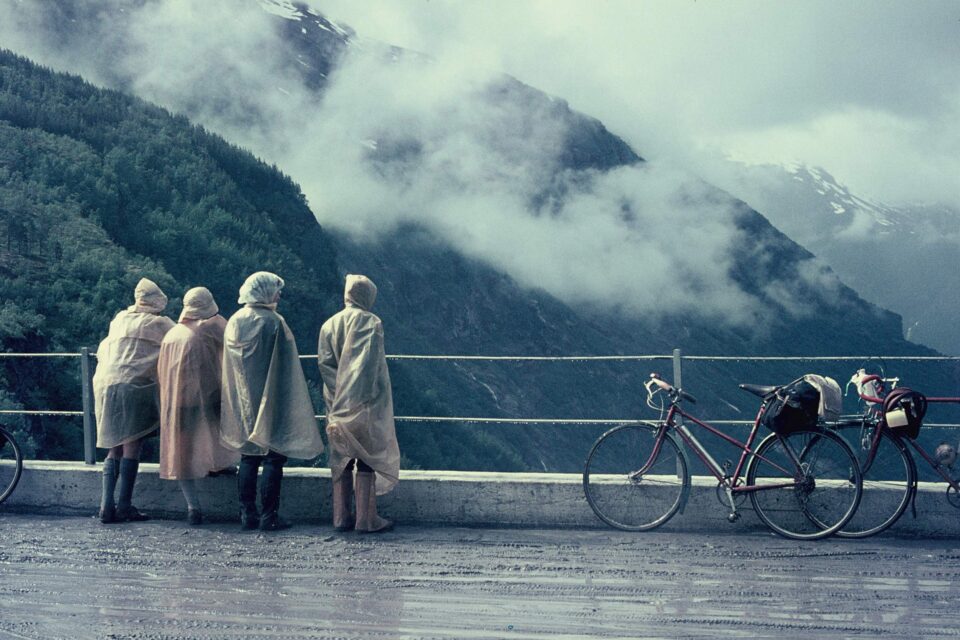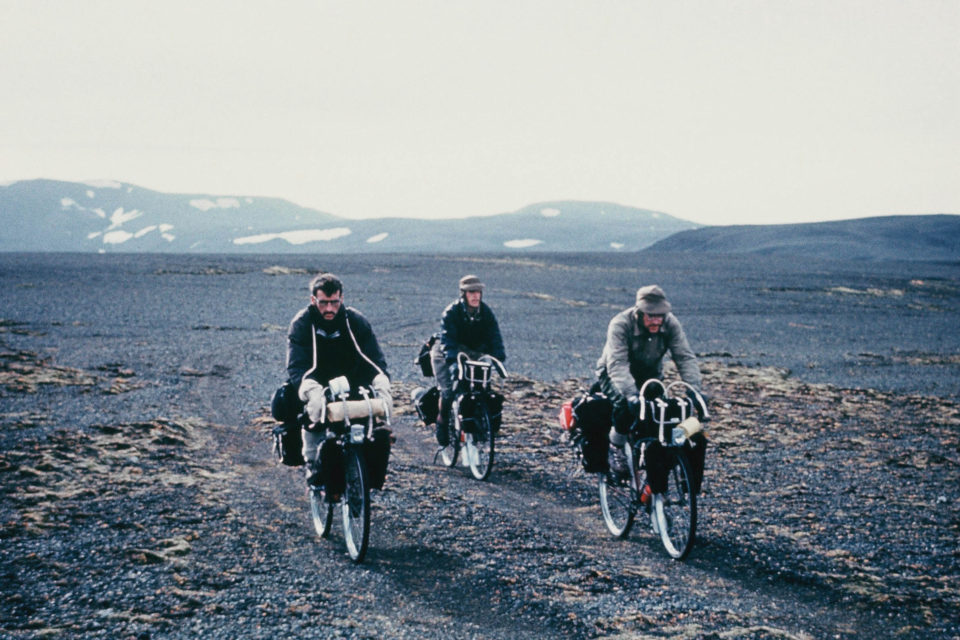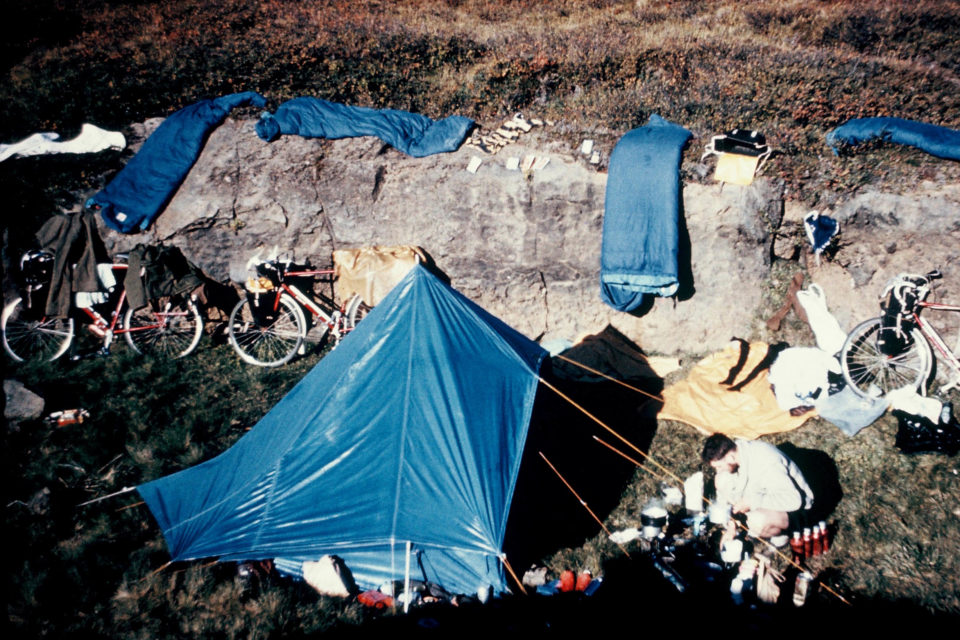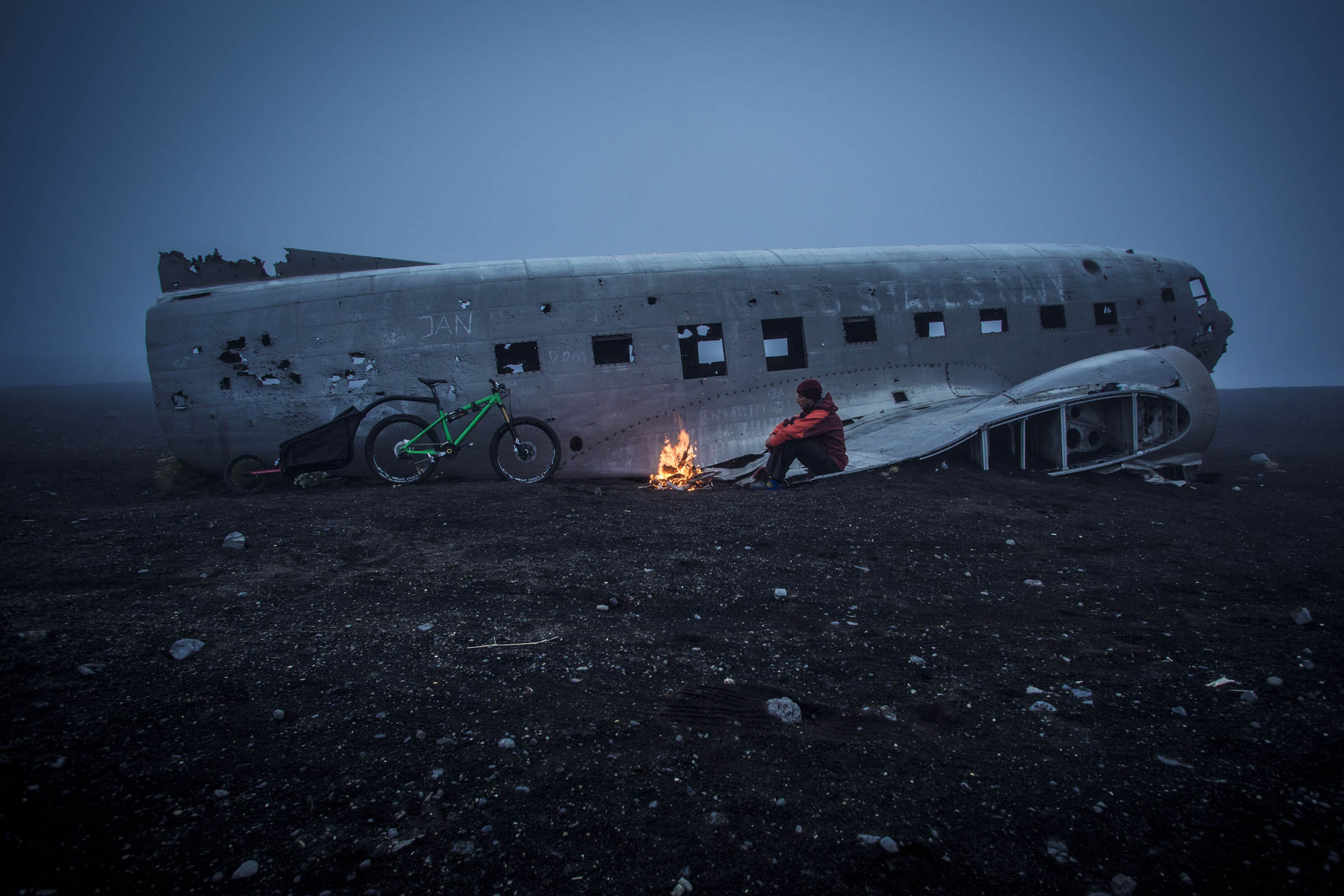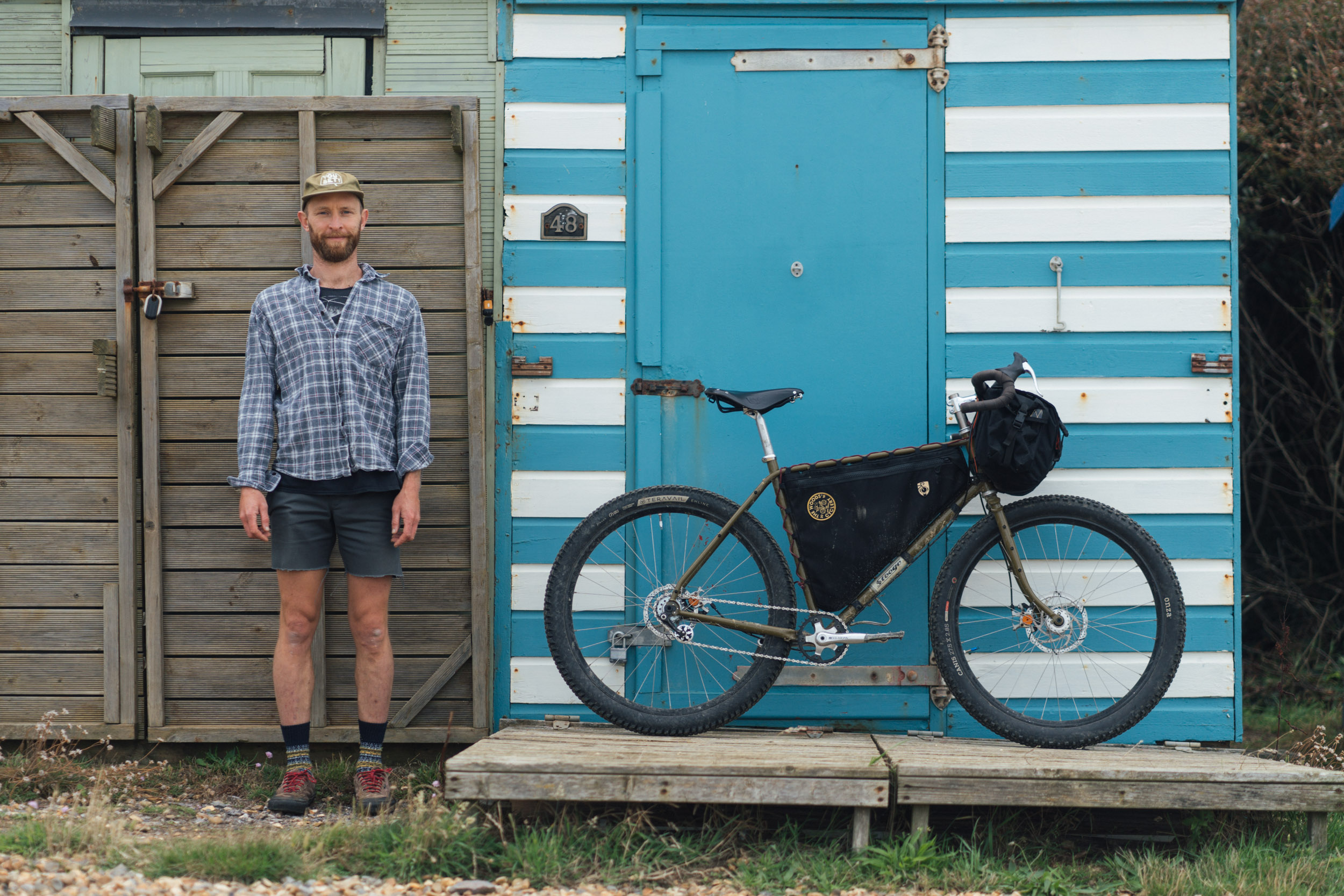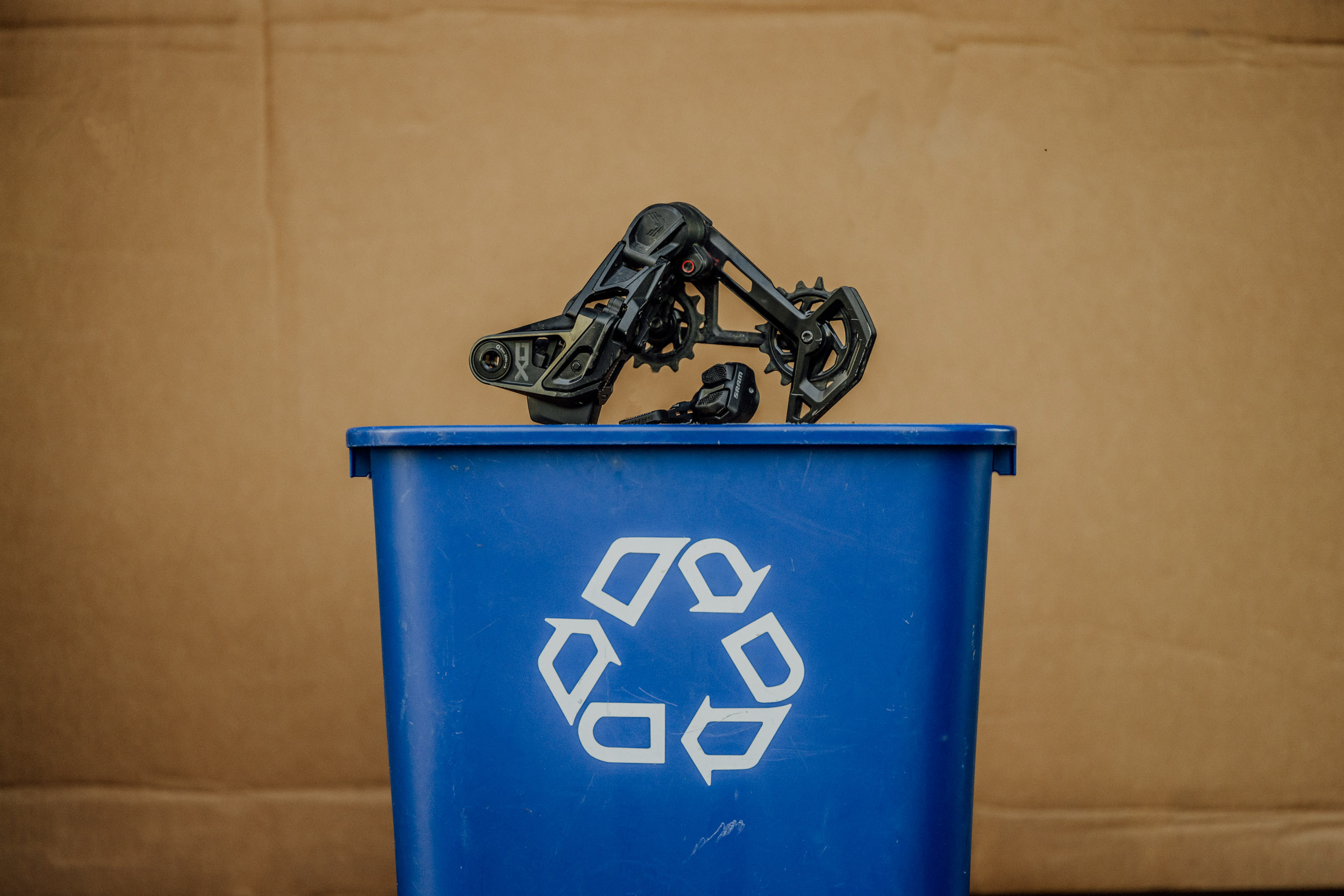Has Marketing Ruined Bikes?
After reading “The Rough-Stuff Fellowship Archive” from Isola Press, Nic had a long, hard think about what the kinds of adventures depicted mean to him. Featuring images from the earliest days of off-road riding, the book provided fertile ground for Nic to analyze how modern cycling is presented, its impact on the development and progression of the industry, and more. He asks one simple question: Has marketing ruined bikes? Dive in below to find out…
PUBLISHED Aug 12, 2025
Photos from “The Rough-Stuff Fellowship Archives” provided by Mark Hudson
I’m far from the first person to find inspiration from The Rough-Stuff Fellowship Archive. The images, restored by an archivist and posted for the social media generation to savor, are fantastic. Like a lot of language these days, that word is overused, so let me draw out my intended function. The bucolic British and European countrysides play a supporting role to what are the truly fantastical elements: summiting mountains, trudging through river valleys, forests, bogs, peaks, and troughs all the same with what look to be no greater than 30mm rubber and caliper brakes. They typically rode steel, straight top tube bikes, wore natural fibers, and emanated a sense of joy.
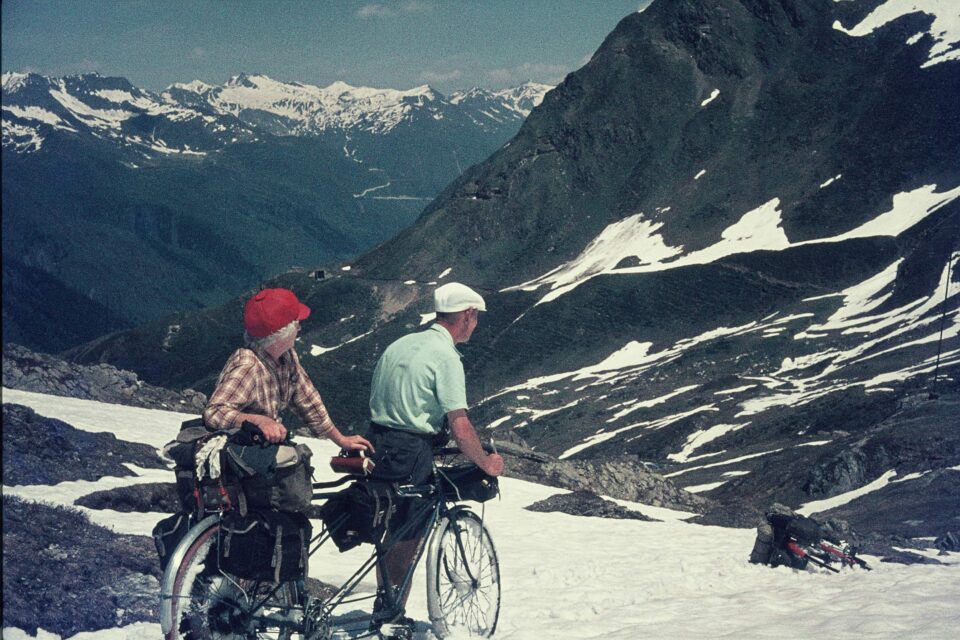
While it’s easy to romanticize the past, it’s important to understand its value, even if it wasn’t truly all sunshine and roses. Rim brakes, heavy, straight-gauge steel, limited gear ranges; they’re all aspects of a bygone era that most people are largely happy to have moved past. However, there are more positive elements on display that, like their antiquated accoutrements, are no longer with us. From a more profound sense of community to a more harmonious balance with the natural world, there are lessons we can learn from history that transcend misgivings and missteps.
Most weeks, I sit up and pay attention when I see a small open question box appear on Fergus Tanaka’s Instagram story. Trite and trivial, I know, but stay with me. As Marketing Manager for Ritchey Design, you’d expect a brand to be more calculated with their public opinions. Yet, in what appears to be a completely candid mid-300-watt trainer session, Fergus fields questions through his own channel on all manner and make. From favorite ride snacks to industry opinions, he seems a pretty open book. In one recent Q&A, someone asked, “What current industry trend do you dislike most?” A relatively innocuous question, I didn’t suspect anything too wild in response. But what he ended up speaking to reminded me of a train of thought that had long since left the station and was circling the back of my mind.
“I don’t know about trends, but I guess what bums me out is that people seem to want to be told what to do with their bikes. ‘This one is for gravel, this one is for road, this one is for mountain.’ I think it’s all a little limiting,” he said. “Just go out and ride the damn thing.”
I couldn’t help but feel similar. I’d always disliked the idea of having a bike for hyper-specific scenarios. Without any disrespect intended, the number of times I’ve sat and listened to someone explain the difference between two bikes, sometimes totaling $10,000 or more, and why they need both for a trail here and a trail there has made me a little jaded. It often seems opulent and auxiliary. A marketing-oriented justification for hooking people up to the endless IV drip of bike parts and “upgrades,” whatever that means.
Looking at the restored images of those who dared to brave the “rough stuff,” I’m a little jealous of that sense of simplicity. Back then, people didn’t have the choice of a bike that could clear 48s or 2.2s, hooked or hookless, and mechanical, electronic, or hydraulic. They had a tool that had already served them well, along with a clear goal. A destination. A place to go. They weren’t going to let a few hurdles stop them. With minimum tire recommendations, micro-suspension, and condition-specific bike clothing, it’s fair to say we’ve jumped the shark. I don’t know how much more specialized we can get.
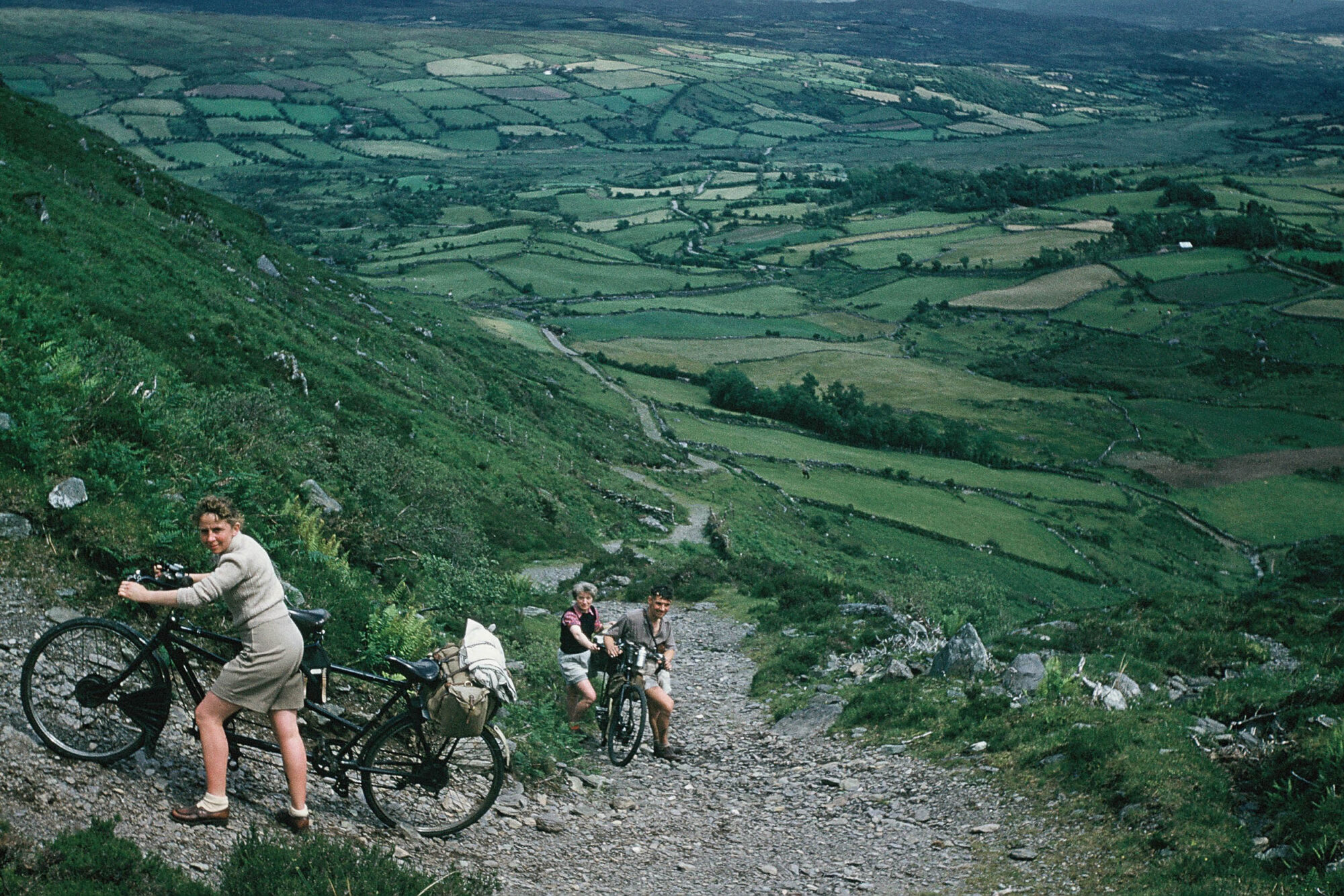
To be fair to them, these new technologies have served us. They’ve allowed greater accessibility to a broader range of riders, creating a more seamless experience of getting to places that few were previously able to. But at what cost? Invariably, times were truly different back then. I don’t think I’m the only one to imagine that at least part of the reason bikes are so optimized nowadays is because they have to be. It’s what the customer demands, because it’s what life demands of them. We must be faster, produce more for less, and have less and less time to simply languish. To evoke Jenny Odell’s concept in her seminal work, How To Do Nothing, it’s fair to say most of us here in the West have allowed our minds to become endlessly productive. We have fully succumbed to the attention economy and constructed the architecture of our thoughts to be all consumed with efficiency.
From Jenny Odell: “Nothing is harder to do than nothing. In a world where our value is determined by our productivity, many of us find our every last minute captured, optimized, or appropriated as a financial resource by the technologies we use daily. We submit our free time to numerical evaluation, interact with algorithmic versions of each other, and build and maintain personal brands. For some, there may be a kind of engineer’s satisfaction in the streamlining and networking of our entire lived experience. And yet a certain nervous feeling, of being overstimulated and unable to sustain a train of thought, lingers.”
A common practice I enjoy on weekends is heading off in a general direction. No head unit, just an idea of a section or area I’d like to see, with the capacity and willingness to explore. To get lost. It has led me on some of the best rides I’ve ever experienced. But I’m also 29, and without much obligation beyond a full-time job that includes riding and some other minor demands on my time. I understand that people with kids, let alone those with more constraining means of making ends meet, won’t have that same privilege. In the increasingly limited time people have, they probably want something that guarantees an experience. No guessing, no disappointments—as close to a fully assured sense of fun as they can get.
And that sentiment is understandable. However, the concept that cycling, like many other things in our modern lives, is more akin to a roller-coaster ride than an equitable, healthy, and fulfilling way to get around is detrimental to the culture of the activity. Moreover, because culture and use define the construction of what comes next, it has made bikes far less interesting and useful. A common experience I’ve had since moving to a place where world-class mountain biking is well within reach is a different idea of the very phrase “mountain biking.” I texted a friend and talented rider about going for a “little MTB rip” one Sunday morning.
What ensued was an exchange that left me frazzled. To my friend, “mountain biking” entailed driving to a trailhead 20 or 30 minutes away, scaling one, maybe two climb trails, and then descending back to the car. Given the nature of our approach to the trailhead and the trails we were riding, full-suspension bikes were all but required. Of course, these aren’t particularly fun machines to pedal on anything other than extremely technical downhill terrain, so it made sense that this was how he wanted to approach the day. Stubbornly, I brought my rigid Ritchey P-29er, and though I was able to traverse most of what was on offer that day, it left me pondering the intention behind the machines we were riding.
My Ritchey was built, and subsequently specced, for pedaling. It has the kind of geometry that allows it to be useful enough for the right rider on just about any trail, but it isn’t ideal for the machine-cut, technical downhill that my friend was navigating with ease on a full-suspension bike. This isn’t to say I believe there’s anything inherently wrong with full-suspension bikes, downhill mountain biking, or even riding with that kind of technology. Rather, if this is what bikes are now—extremely specific, hyperspecialized tools built for increasingly narrow purposes—does that change the very definition of what cycling is? I grew up in a world where bikes were simply tools to freedom. I didn’t have to ask my mom to drive me to a friend’s house. I just went there. It didn’t matter whether it was a BMX bike, a road machine, or a mountain bike; it simply did what I needed it to.
And a lot of this comes back to marketing. Over the years, marketing campaigns have become increasingly fantastical in terms of the types of riding depicted. To a certain extent, this makes sense. As Stanley Kubrick once said about cinema, “You’re not trying to capture reality. You’re trying to capture a photograph of reality.” Exciting, technical riding looks, well, exciting and technical. It sells more bikes. But is that how the majority of users who purchase one are using it? Moreover, what percentage of the bike’s life is spent sitting in the corner of a dimly lit garage because of its limited scope of use?

A similar critique is true of the marketing campaigns present in road and performance-focused gravel bikes. IsoSpeed decouplers and aerodynamic tubing profiles promise outrageous improvements that almost devalue the very concept of a percentage. What does 8% stiffer than the year prior even mean? In what context is the wheel 12% faster? Do these changes really add to the experience of riding? Does it affect the average rider in a way that is going to enrich their experience of cycling? Or is it the materialization of “innovation” for innovation’s sake?
Listening to Stephen Fitzgerald of Rodeo Labs on The Endurance Studio podcast recently, he spoke to the larger marketing machine of the bike industry, “Specialized can’t just release another double diamond gravel bike with no story, or they won’t be causing people the need to upgrade… They have to create a need with features. That’s what the entire bike industry has to do… I just went to Sea Otter, and it seems every booth has split the atom. And it’s like, no, you moved it 2mm. It’s not that big of a deal. But, they tell you it is. And they need it to be true because why else would you buy it?”

With idealized modern marketing, it feels like the picture of a picture. The concept of what we’re told we should all be striving to do, but in reality, is an overpronounced representation of what is achievable on these bikes and with these products. And with that inaccurate expectation comes a sea of bikes and components lying in wait, never really used as intended.
So, is the hyperspecialization of bikes wholly marketing’s fault? I don’t think so. Has the whole of technological progression been a waste? Not by a long shot. Many of the bikes I ride today benefit from modern technology and are by no means antiquated. I’m not riding trails in Pisgah on rim brake road bikes with caliper brakes, and I’d venture to say it wouldn’t be some enlightening, wholesome experience if I did. Largely just a frustrating one. However, I think there is a sense of appreciation that we lose when we go too far. Even the images portrayed in The Rough-Stuff Fellowship Archive have, in a sense, been warped by the context of time. Were they making an anti-consumerist statement through the bikes they rode and how they dressed? Probably not. They didn’t have any other option. But, I think that at some point, the focus changed. The center of attention shifted from the background to the foreground. Largely in part due to marketing, the focus became about what we’re riding instead of why.

It’s an idea that companies have been more than happy to offer up but that robs us of a sense of accomplishment, agency, resourcefulness, and grit. Why should we let the prescribed, marketing-led purpose of a bike or a component dictate where and how we ride it when technology has progressed to a point where a solid, mid-range bike with cheaper components can pretty much do anything in 2025? These days, with the global markets in disarray and the future of the places we ride in peril, we should probably spend less time thinking about the specifics of optimizing our rides or whether we have the perfect bike to ride a specific trail, and just go see what we can do with what we have.
Times like those shown in The Rough-Stuff Fellowship Archive may be long behind us and have taken on a meaning that likely wasn’t intended at the time. But that doesn’t mean we can’t learn from the days of yore. Like much of what’s up for renegotiation in our modern reckoning with issues like AI and technology as a whole, I think we need to judge new trends and technologies not only by what we stand to gain but also by what we could lose when we look to shield ourselves from the rough stuff.
Further Reading
Make sure to dig into these related articles for more info...
Please keep the conversation civil, constructive, and inclusive, or your comment will be removed.


